Frequently Asked Questions
1. What is the history of knife making?
2. How did the introduction of bronze impact knife design?
3. What innovations occurred during the Iron Age regarding chef knives?
4. How did the Industrial Revolution change knife production?
5. What is the significance of modern technology in knife making?
Knives have been an essential tool for humanity since ancient times, evolving from rudimentary carving implements to the sophisticated Chef Knives & Sets we know today. Understanding this evolution not only highlights our ingenuity but also enhances our appreciation of culinary arts. This blog post will take you through a fascinating journey of knife designs, examining the factors that influenced their transformation throughout history.
The Dawn of Knife Making
Stone knives date back to the Paleolithic era, approximately 1.5 million years ago. Early humans used flint and obsidian to craft sharp edges, perfect for hunting and butchering. These primitive blades were not just tools but symbols of survival, reflecting the needs of the time.
Primitive Blades
These early knives were characterized by their simplicity. Crafted through striking techniques, early humans honed their flint tools into sharp edges. While they lacked the finesse of modern design, they were efficient for their time, proving that functionality was the key in early knife culture.
The Bronze Age Innovations
The introduction of bronze around 3300 BCE marked a significant turning point in knife design. Bronze knives were sleeker, more durable, and could be shaped into intricate forms. This era also saw the emergence of the "tanged" blade, where the blade's tang would extend into the handle for a stronger bond.
Craftsmanship Takes Center Stage
As societies advanced, so did the skill level of artisans. Bronze knives became popular due to their aesthetic appeal and superior craftsmanship. In particular, cultures such as the Egyptians and the Mesopotamians began to engrave intricate designs on their blades, making knives not just tools, but also decorative pieces.
The Iron Age and the Advent of the Chef Knives & Sets
With the transition to iron around 1200 BCE, knives became even more versatile. The strength of iron allowed for longer and thinner blades, leading to the creation of knives better suited to varied culinary tasks. This period set the stage for what we now refer to as Chef Knives & Sets.
Refinement of Styles
During the Iron Age, the functionality of knives mirrored the evolution of cooking techniques. As flavors and cuisines diversified, so did knife designs. The need for specialized tasks such as chopping, slicing, and dicing made segmented designs necessary. This began the trend towards the ergonomic, multi-functional knives we use today.
The Rise of the Middle Ages
The Middle Ages saw a significant evolution in knife manufacture. Tools became more specialized; artisans started to design knives specifically for chefs. This era promoted professionalism in cooking, leading to the birth of specialized chef knives that would eventually evolve into today’s comprehensive Chef Knives & Sets.
Swordsmiths and Culinary Innovations
Renowned swordsmiths began producing knives with impeccable attention to detail. Knife making flourished as culinary arts gained popularity in noble courts across Europe. Chefs began to develop their own unique styles, leading to the creation of the first “chef’s knives” that catered to their specific cooking methods.
The Renaissance: Art Meets Function
The Renaissance brought a renewed interest in the arts, impacting all crafts, including knife making. The period saw further advancements in metallurgy, allowing for better heat treatment and a variety of alloys. As aesthetics became integral to blade design, knife makers started to create visually stunning pieces that combined art with practicality.
Birth of the Modern Chef’s Knife
The modern chef's knife as we know it owes much to the innovations of this period. This was the time when chefs began embracing the idea of a multi-purpose knife, leading to the design of the chef’s knife with a broader, tapered blade ideal for various cutting techniques.
The Industrial Revolution: Mass Production
The Industrial Revolution transformed the way knives were manufactured. The introduction of machinery led to the mass production of knives, making quality chef knives accessible to the public. Given that restaurants began to flourish, there was a growing demand for Chef Knives & Sets, which made it necessary for manufacturers to meet culinary needs at scale.
Standardization and Ergonomics
During this period, the concept of ergonomics also took hold. With a focus on usability, knife designs were refined for comfort. Features like balanced weight distribution and user-friendly grips came to the forefront. This attention to ergonomics resulted in a more enjoyable cooking experience.
The 20th Century: Innovations and Aesthetics
The 20th century was a hallmark of innovation in knives. New materials such as stainless steel and high-carbon alloys emerged, offering sharp edges and durability. Furthermore, innovations in blade design catered to diverse culinary practices worldwide.
Emergence of Specialized Knives
As the world of culinary arts exploded, so did the variety of knives available. From paring knives to filleting knives, chefs now had a tool for every task. Notably, the Japanese influence introduced unique designs like the Santoku and Nakiri, further enriching the offerings in professional kitchens.
The Modern Chef Knives & Sets Culture
Today, the landscape of chef knives has never been more diverse. With options ranging from traditional Japanese blades to modern ergonomic designs, there is a perfect chef knife for every culinary enthusiast. The rise of popular cooking shows and the burgeoning gourmet restaurant scene only bolster the importance of these tools.
Influence of Technology
Modern technology has granted knife makers unprecedented control over the production process. Through advanced manufacturing techniques such as laser cutting and precision forging, today’s knives offer unparalleled sharpness and balance. The marriage of innovative technology and traditional craftsmanship has produced some of the finest Chef Knives & Sets available.
The Future of Knife Design
As society continues to evolve, so will the designs of knives. With an increasing focus on sustainability, the use of eco-friendly materials is becoming more prevalent in knife manufacturing. Additionally, as culinary techniques adapt to a fast-paced world, knives may evolve into hybrid designs that cater to changing consumer preferences.
Educational Resources and Craftsmanship
Moreover, the popularity of culinary schools and knife-making workshops celebrates the artistry of knife design. Chefs and enthusiasts alike are increasingly interested in understanding how their tools impact their culinary creations. This enthusiasm invigorates the craft of knife-making, ensuring that traditional techniques are passed down while innovative ideas flourish.
Final Thoughts: The Never-Ending Journey of Knife Design
The evolution of knife designs reflects our journey as a civilization influenced by culture, technology, and necessity. From humble stone blades to modern, high-performance Chef Knives & Sets, each era brings innovation and artistry to the forefront. As we continue to push boundaries in the kitchen, the future of knife design promises continued excitement and adaptation. Whether you’re a professional chef or a home cook, there's always a perfect knife waiting for you to explore its capabilities.
Explore the world of another Shopify or Wix store owner. Visit their captivating online store. Keep in mind that this is a promotional link, and we are not responsible for the content of the linked store.


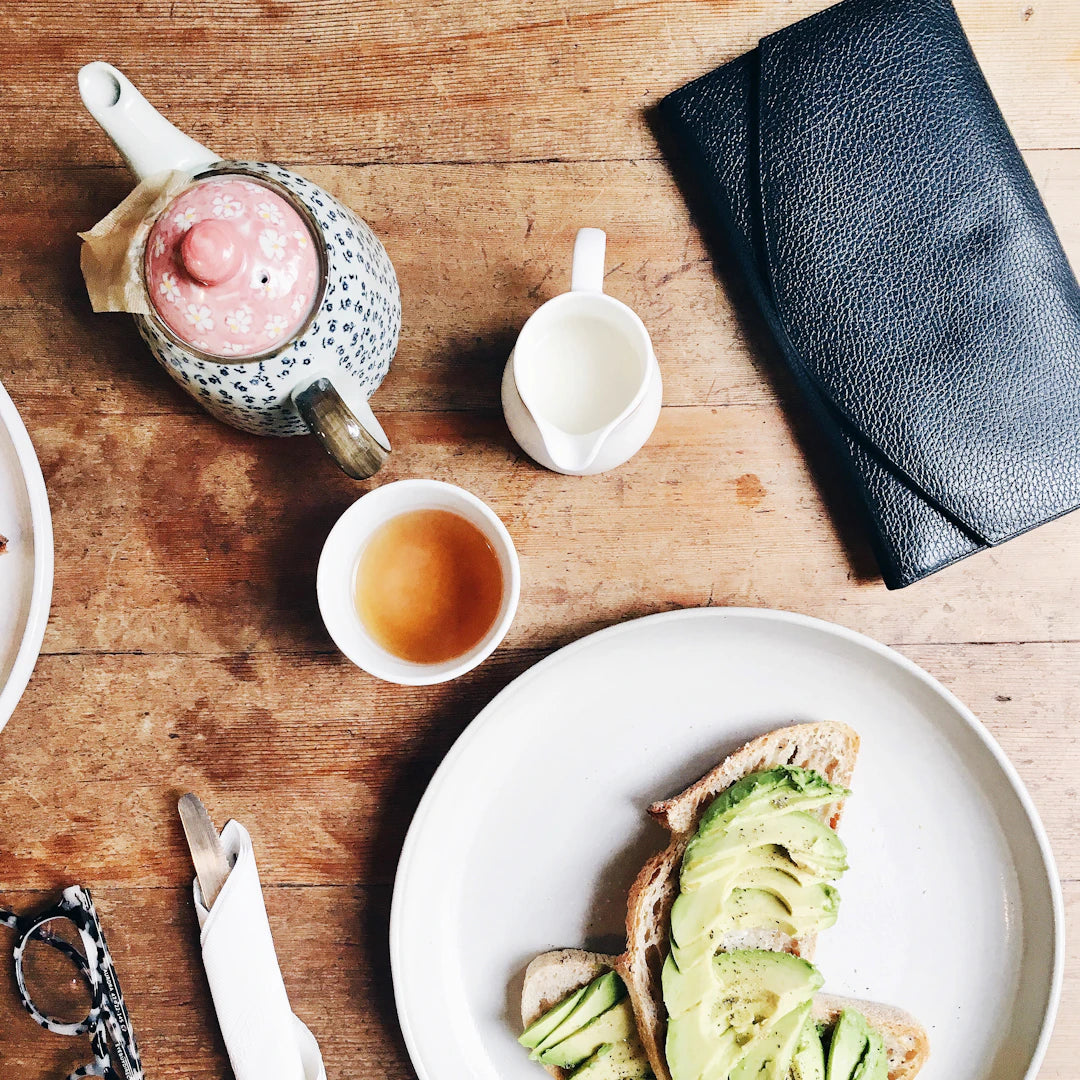






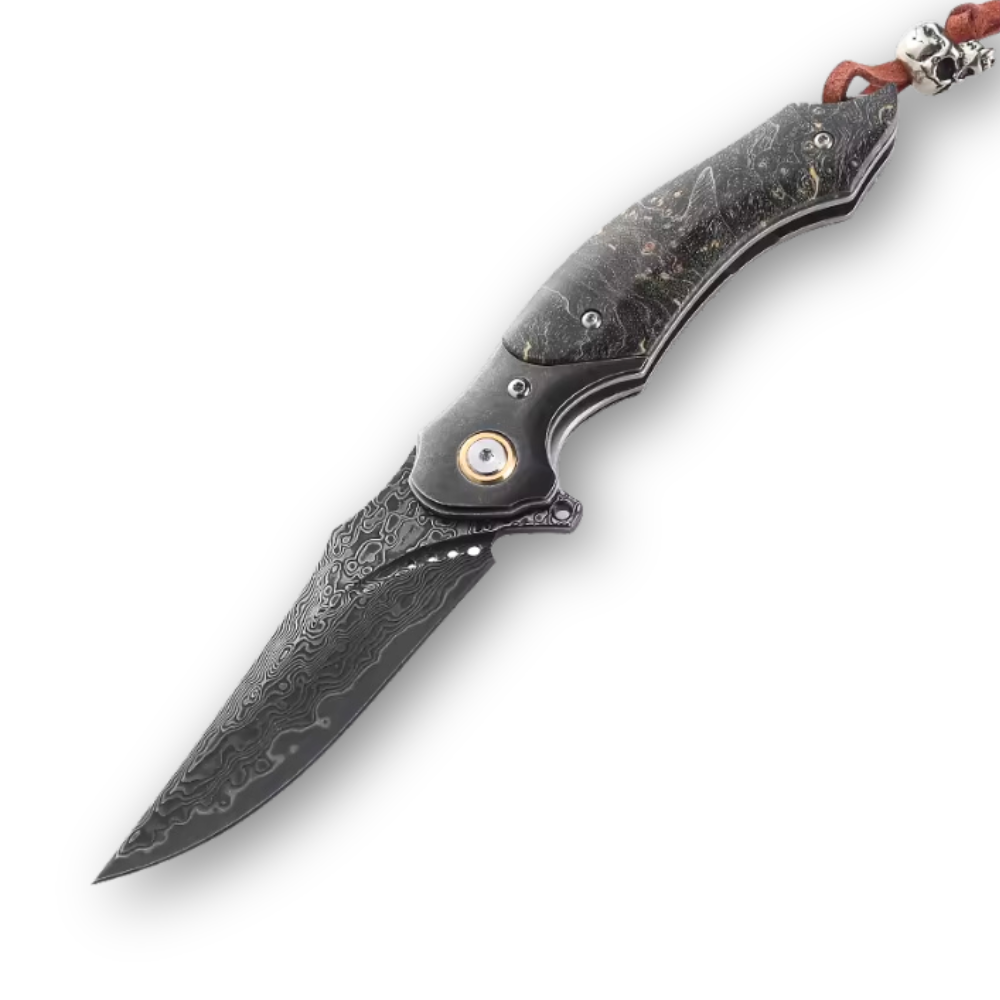










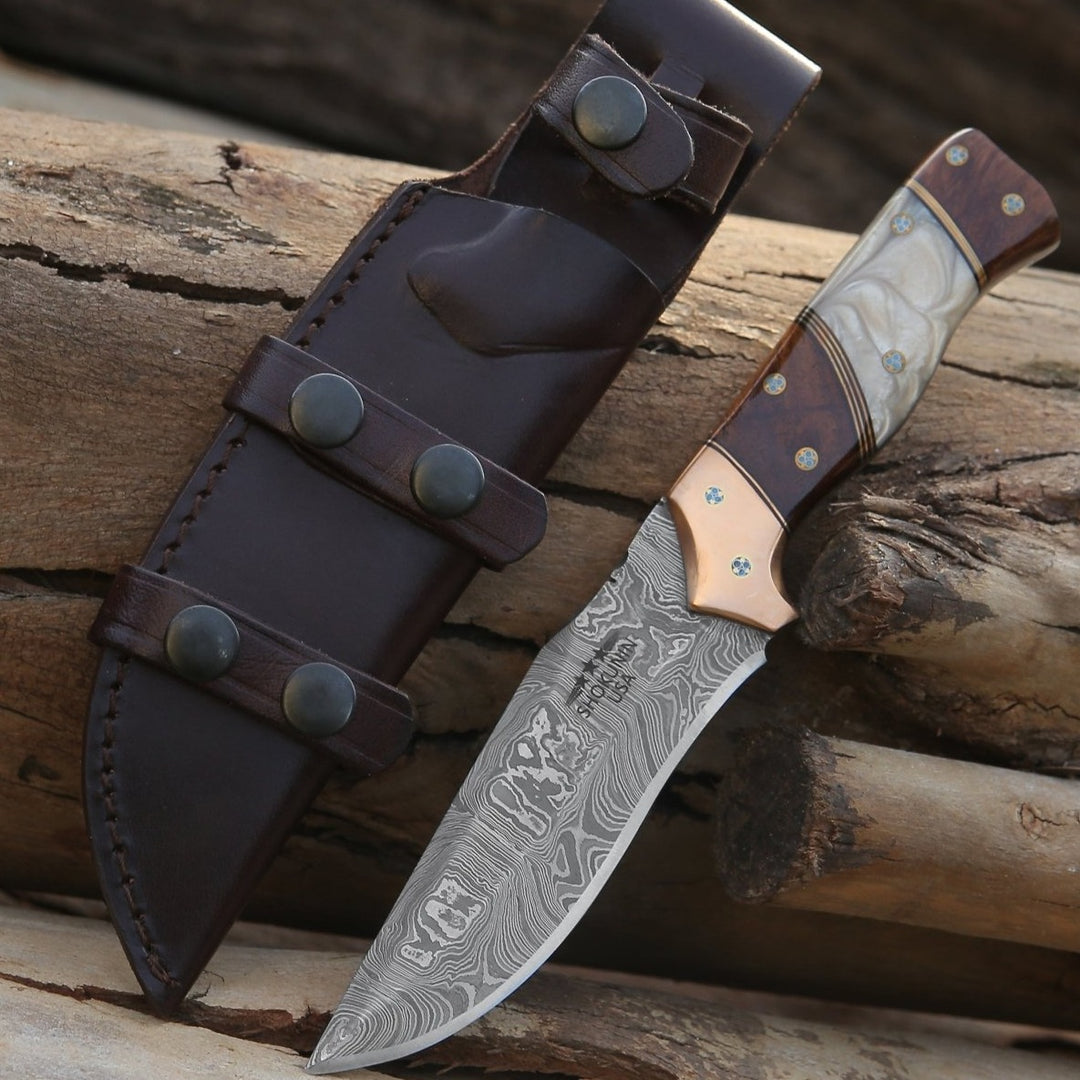
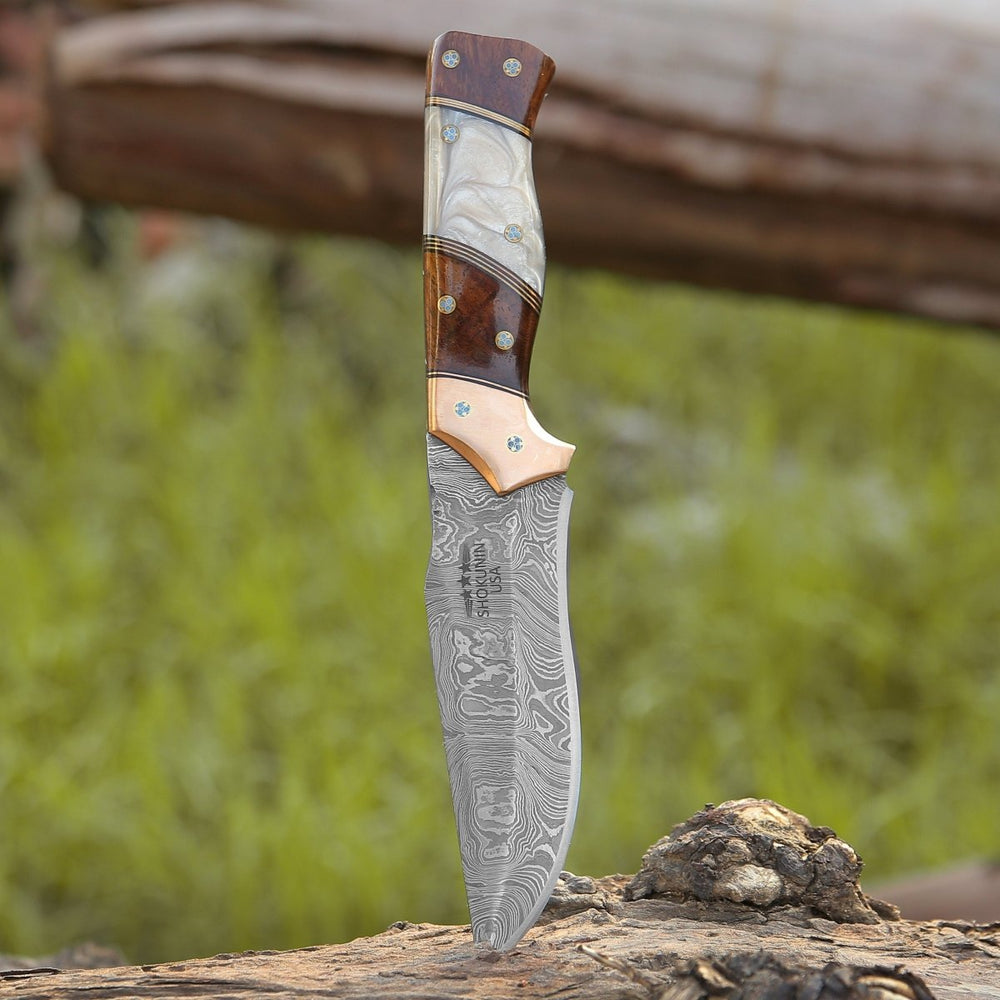


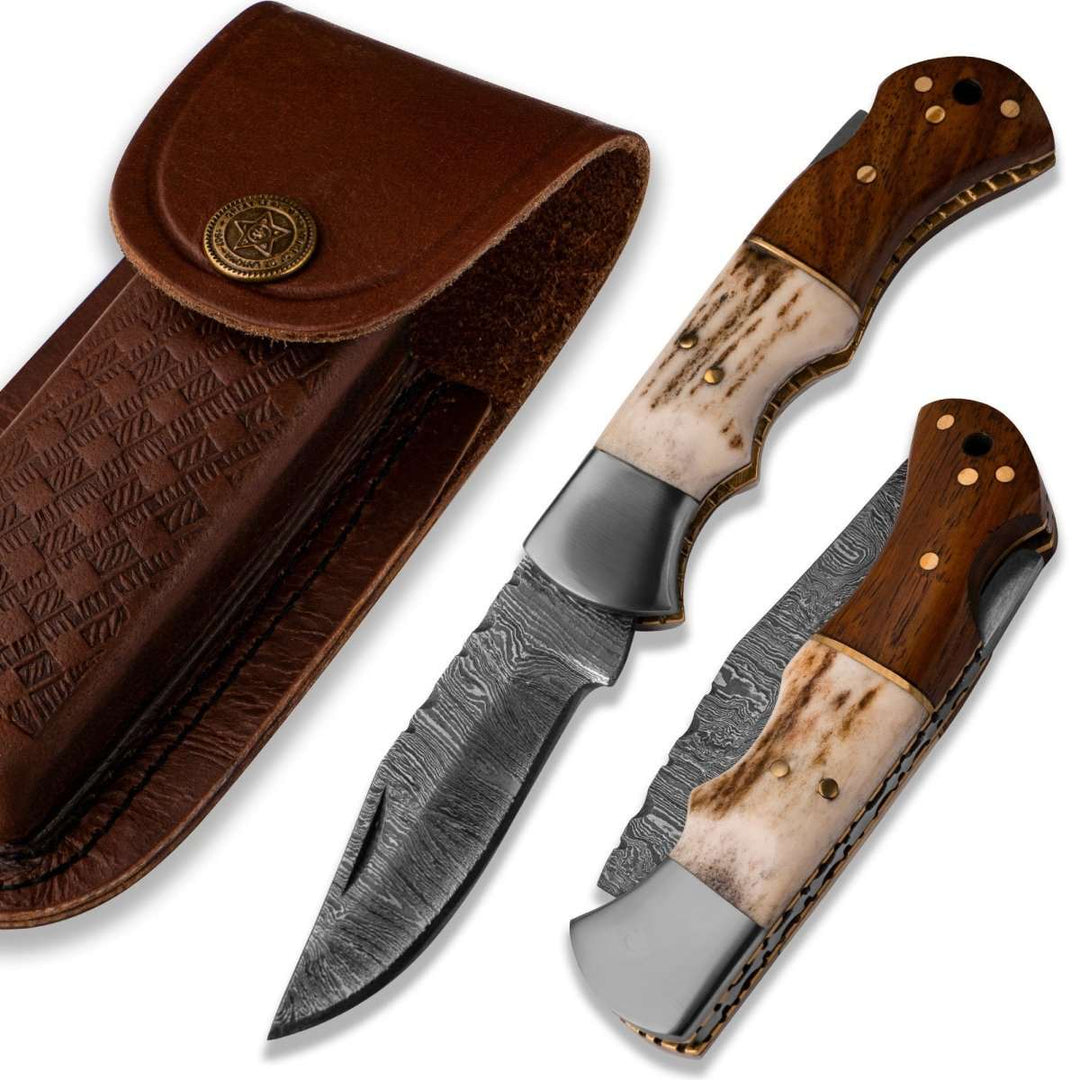
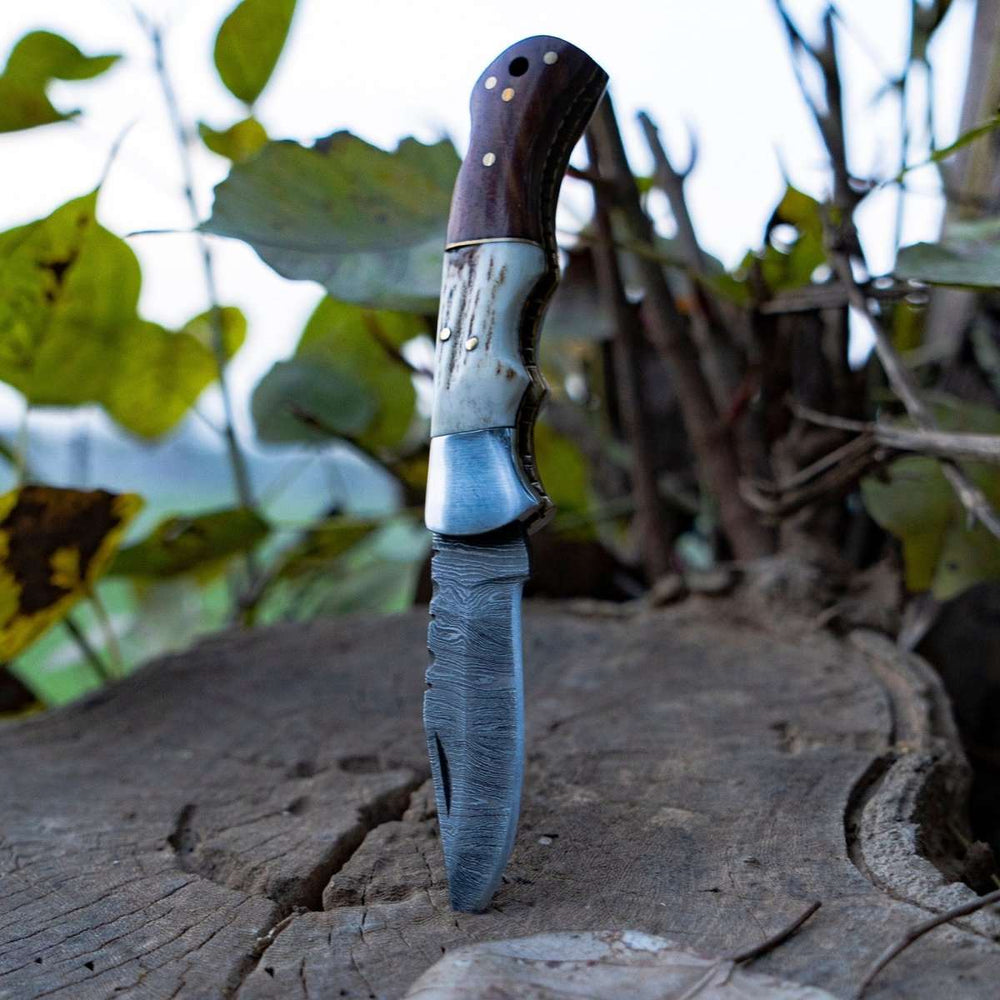




Leave a comment